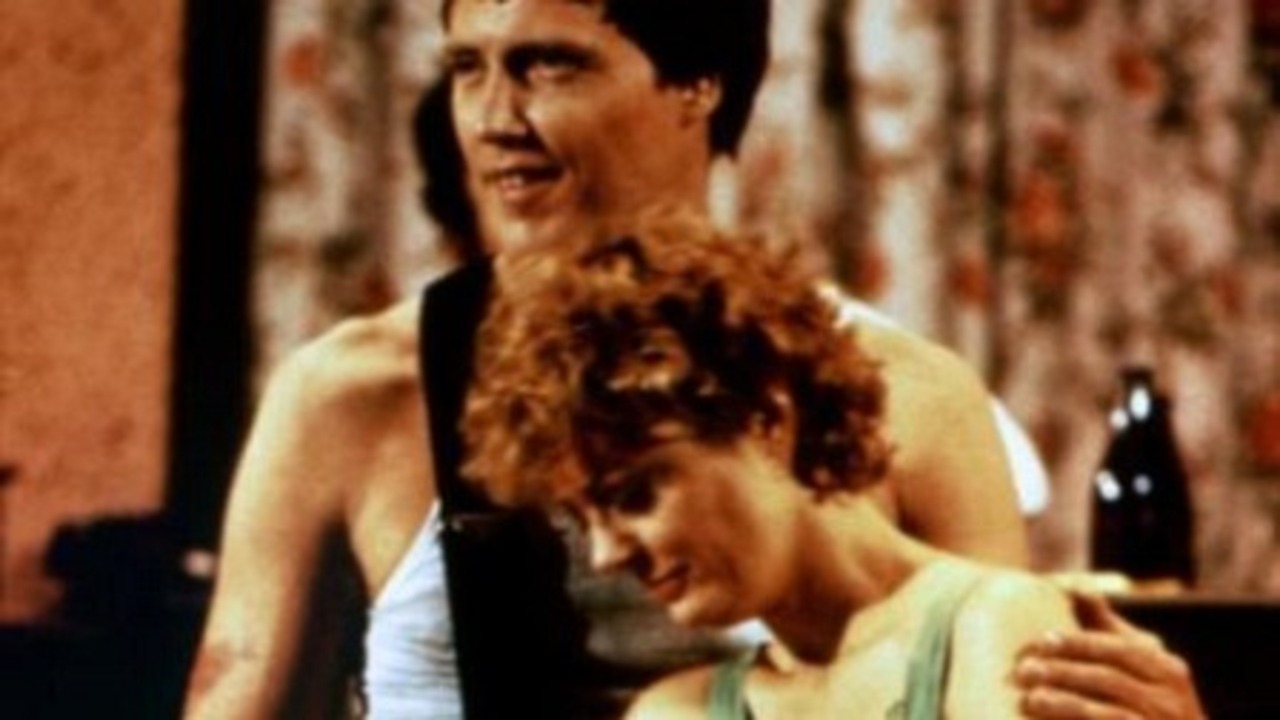When Jonathan Demme died yesterday at the age of 73, the tributes poured out. Not only a prolific and varied filmmaker — a guy who could make an iconic horror movie as easily as the greatest concert film of all time, not to mention studied forays into documentary and slice-of-life realist pictures — but also, by all accounts, a kind, decent human being. That combination would be rare in any field; in the notoriously cut-throat world of Hollywood, it made him something of a unicorn.
Here is a man who optioned Susan Orleans’ “The Orchid Thief”, but handed it over to Charlie Kaufmann and Spike Jones because he thought their approach was smarter. As with many Demme stories, the refrain goes: “Who does that?” Names both famous and less so lined up to sing his praises in the last day: as a great filmmaker, an enthusiastic fan, and a generally supportive person in love with his craft.
Many wonderful pieces have already been written about Silence of the Lambs, Stop Making Sense, Rachel Getting Married, Something Wild, Philadelphia, Married To The Mob, and the rest. More, I’m sure, will be rolling out. Demme’s polyglot interests, always anchored in characters and faces, leave so much room for appreciation.
I want to talk a bit about a lesser-known entry, 1982’s short film Who Am I This Time?
It’s not something I even realized existed until, sadly, yesterday, but it’s a tremendous, and a tremendously delightful, marker of Demme’s much-touted humanism.
First, a word on that. For something so often invoked in his memory, “humanism” in film is a nebulous term. Does it mean empathy with the characters? Or simply a focus on the characters themselves, rather than austere formal trappings? Is it reflected in those close-ups, that bring us closer to individuals than the world outside of cinema allows?
The 1982 American Playhouse production — based on Vonnegut, starring Susan Sarandon and Christopher Walken, scored by John Cale, directed by Demme — would definitely argue for “all of the above.” Part whimsical small-town vision, part examination of the act of acting, and all-around delightful, Who Am I This Time? is, in Sheila O’Malley’s words, “a funny and accurate look at why grown men and women put on costumes and cavort about with fake swords for a paying populace.”
In Demme’s hands, the film feels lived-in and naturalistic. We are in the town of North Crawford — Hinckley, IL, in fact, but who’s got time for facts here — and the local players of the North Crawford Wig and Mask Company are wrapping up their well-received performance of Cyrano. Its star, a declaiming Harry Nash (Walken), declines to show up at the cast party. We learn this is Harry’s way — a perpetual small-town star at home in character on stage or else literally at home, an introvert who wants nothing to do with those adoring eyes in the crowd.
The entire opening sequence is filmed in Altmanesque breathlessness, with a hint of Cassavetes’ Opening Night. There’s an excitement and professional thrill mapped onto what is, in essence, a pretty ramshackle, local production, engineered by a director and cast who will return to regular jobs tomorrow. This, the film seems to argue from the very start, is the point. Our quotidian lives require the elevation of make-believe. We’re just grown-up kids.
To call it “escapism” is to miss the train entirely. We discover this more and more, as it’s revealed just how central our fictions are to our self-constructions and identities, and the way we relate.
The newly-appointed director George (Robert Ridgely, instantly recognizable to fans of Boogie Nights) finds himself tasked with staging “A Streetcar Named Desire”, and, in a phone shop while contesting a charge for a call to Honolulu he never made, spots Helene (Sarandon). He decides on the spot she’ll be his Stella, though she’s never acted and, as another introvert, has a hard time relating to a fiery character.
The rest of the film proceeds apace, and you don’t need a roadmap. (In fact, you could just read Vonnegut’s 14-page story, to which Who Am I This Time? is almost rigorously faithful, right down to the dialog.)
The larger point here is how Demme uses the camera: to capture the manic energy backstage, the loneliness of an actor after a show as hollow congratulations rain down and they wonder what’s next, how faces are illuminated by each other, both becoming more than they were alone through the deceptively simple act of pretending to be someone else.

“We are what we pretend to be,” Vonnegut wrote in a very different context, “so we must be careful what we pretend to be.” In Who Am I This Time?, the punny, existentialist title shifts that focus, while remaining concerned about its implications. It contains both exasperation and desire. These fraught self-constructions can be undone by artifice, but it’s artifice that can also allow us to become who we are. It’s a paradox Demme seems to relish here.
At the end of the film, the ground has shifted and love is in the air. Two introverts have found a way, through the text, to each other.
That much-vaunted humanism of Demme’s is on display, and I think we arrive at a different definition: it’s about meeting people where they’re at. Few directors have the the selflessness to do that, and that’s part of Demme’s enduring charm. Though the material is Vonnegut’s, it becomes something slightly less cynical here. There is no condescension, no idea that this is a throw-off. Demme took a 50-minute TV movie adaptation and turned it into a delightfully self-aware meditation on stage, film, authorship, and love.
Again, who does that?

